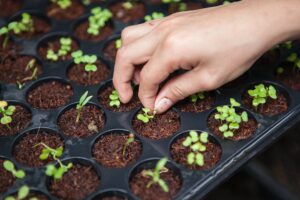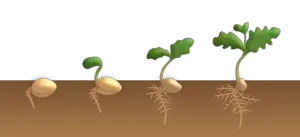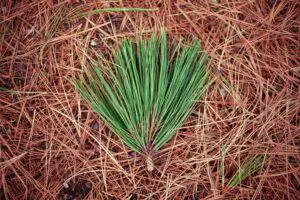Summers can be brutal, not just for humans but for gardens as well. Excessive temperatures can cause plants to be stressed, making them more susceptible to pests and diseases. High temperatures can also scorch plants and produce, resulting in lower yields. Thankfully, there is an affordable and efficient way to reduce the harmful effects of the sun. It is called shade cloth.
What is Shade Cloth?
Shade cloth is a fabric covering used to provide shade to hothouses, greenhouses, gardens, patios, kennels, and other outdoor spaces. It is designed to bring relief by filtering harmful ultraviolet (UV) rays and lowering temperatures. And because shade cloth is permeable, when it is used in the garden, air, wind, rain, and irrigation can reach the plants.
Shade cloths are also used to extend the growing season for certain crops. They are often employed in fall gardens to protect seedlings and other tender plants from the late-summer heat.
Shade cloth can also prevent leaf burn and sunscald, a condition most often seen on tomatoes and peppers.
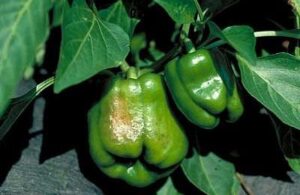
This article contains affiliate links. If you make a purchase using one of these links, I will receive a very small commission at no additional cost to you, and it will help me maintain this website. Rest assured, I only recommend products I actually like!
Types of Shade Cloth
Man-made shade is nothing new. Ancient Egyptians, for example, used woven mats in the marketplace to provide relief from the ever-present sun. The Romans used canvas sails from boats to provide shade at the Colosseum. What is new, however, is the kind of materials used to provide shade.
Modern shade cloth is usually made from either woven polypropylene or polyurethane or knitted polyethylene. There are advantages and applications for each type.
Knitted shade cloth is lightweight and easy to install. It resists tears, fraying, and unraveling, making taped edges unnecessary. It is best suited for gardens, greenhouses, and hothouses. It is naturally UV resistant and typically lasts longer than woven shade cloth, although it may experience up to a 3% shrinkage or stretch. Knitted polyethylene typically lasts longer than woven polypropylene and is considered a better option for gardens.
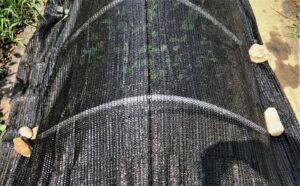
Woven shade cloth, on the other hand, is heavier than knitted shade cloth, which could make it harder to install. In addition, it requires taping because the edges are more subject to fraying and, once cut, will unravel. Heat builds up more readily under woven than it does under knitted shade cloth. On a positive note, it will not shrink or stretch as much as knitted shade cloth. Woven shade cloth is UV stabilized, meaning stabilizers are added to keep the material from degrading. It can be used for gardens, but some consider it best used as shade for patios and kennels, as well as for privacy screens and wind screens.
Percentages
Once you have determined which type of shade cloth is best for your garden, you will need to decide how much shade is needed. Shade cloth, whether knitted or woven, comes in different densities. The denser the material, the more sun it filters out and the more shade it provides. The density is measured in percentages from 5% to 95%. The larger the percentage, the more shade it provides. For example, a 40% shade cloth means that it filters or reduces sunlight by 40%, or to put it another way, it lets in 60% of the available sunlight through.
Even though you may be trying to tame excessive temperatures, you will want to choose a cloth that still allows enough sun to reach your plants. Select the least percentage that works for your application because too dense of a fabric may result in the plants not receiving enough sun to grow properly.
Vegetables and fruit crops do well with a density of 20% to 40%, while flowers and most other plants do best with a 40% to 50% density. Leafy greens require 30% to 60%, and shade-loving plants, like ferns, may need 60% to 95%. For people who want to enjoy an outdoor patio, 80% to 90% is thought to be best. Depending on the density, shade cloth can reduce temperatures by 100 F (60 C) or more.
Which Color is Best?
Shade cloth is available in a variety of colors, from white to green to brown to black. When choosing a color, keep in mind the purpose for which it is going to be used. Dark colors will absorb more UV rays and thus reduce the temperature of the area underneath the cloth. On the other hand, lighter colors will allow more light but will not provide as much relief from the heat.
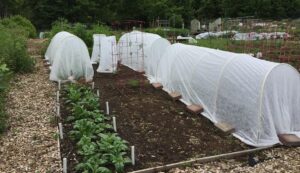
How Effective is Shade Cloth?
So how effective is shade cloth? Tomatoes and peppers are some of the crops that most often require shade cloth since prolonged heat can cause these summer favorites to drop flowers or experience stunted growth or sun scald. A study performed by the University of Nevada at Reno concluded that “Tomatoes have been shown to perform better when provided a protective cover of shade cloth.”[1]
In addition, a study conducted by the University of Delaware revealed that there is good evidence that “30% black shade cloth applied during the hottest time period (early June through early August) improves bell pepper yield and quality. There is also good evidence that shade cloth reduces bitterness in lettuce, especially when used with a heat tolerant variety. There is some evidence that 30% black shade cloth increases tomato quality.”[2]
When to Use Shade Cloth
When is the best time to install a shade cloth? While this can vary, depending on the growing zone and the kind of crops being grown, shade cloths are helpful when temperatures become excessive for more than a few consecutive days. Install them at the first signs of distress like wilted leaves or scorched leaves and fruit. You can always remove the shade cloth when things cool down a bit and reinstall it when needed.
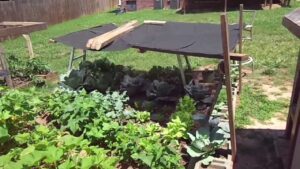
If you find that your garden needs some relief from the summer heat, consider installing shade cloth. It can make a difference in both the quality and quantity of the harvest.
Thank you for reading this article! If you found it helpful, please consider sharing it with others via email and social media!
[1]Selecting Vegetable Crops for Small-Scale Desert Production | Extension | University of Nevada, Reno (unr.edu)
[2] Heat Stress and Shading for Heat Stress Mitigation in Vegetables and Small Fruits | Weekly Crop Update (udel.edu)

